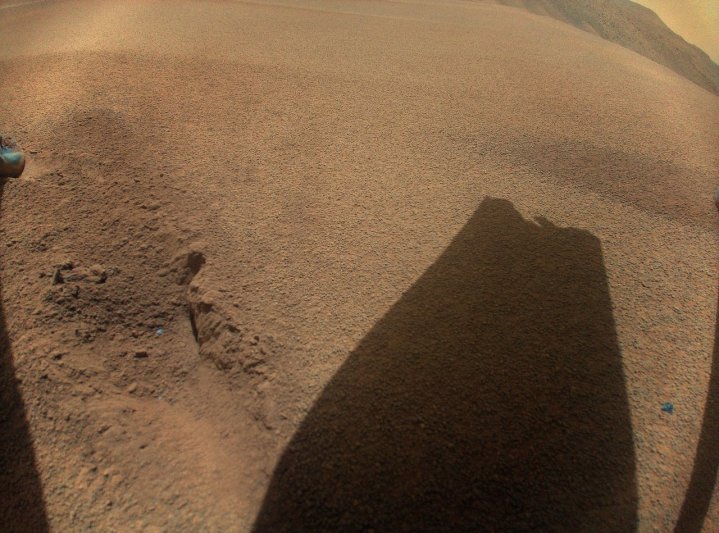It’s a sad day for space fans, as the plucky little helicopter Ingenuity has finally come to the end of its mission on Mars. The helicopter will not be making anymore flights due to damage to one of its rotors that occurred during a recent landing, NASA said in an announcement on Thursday, January 25.
The mission was originally planned to make just five flights and to last 30 days, but has been successful beyond what anyone had imagined. The helicopter has made a total of 72 flights over the course of its three-year mission, which began when it was set down on the surface of Mars by the Perseverance rover. The rover arrived on Mars with the helicopter tucked up underneath its belly in February 2021, and Ingenuity sat on the surface for the first time in April 2021. It then made history by becoming the first rotorcraft to fly on another planet with its maiden flight.
Throughout its three-year mission, the public has delighted in seeing video footage of the helicopter, including some that the helicopter took of its downward-facing view of the surface and other footage that Perseverance took of the helicopter in action.
The helicopter flew largely autonomously, as the communication delay between Earth and Mars of up to 20 minutes meant that direct control was impossible. Instead, engineers would plan out flights that the helicopter would then execute, navigating itself by using its downward-facing cameras to track its movements. It was this system that struggled recently, as the helicopter had problems navigating over a particularly featureless patch of terrain during its 71st flight earlier this month.

NASA lost contact with the helicopter following issues encountered when it tried to perform a brief hop for its 72nd flight, but it managed to regain communications by using the Perseverance rover to listen for its signal. However, images captured after this flight show the source of the problem: damage to one or more of its rotor blades, which was presumably sustained during the landing of either Flight 71 or Flight 72.
The helicopter remains upright on the surface of the planet and in communication with Earth, but the damage to the rotor blade means that it can no longer fly. In an emotional video, NASA team members paid tribute to Ingenuity and its successes:
The success of the mission was also hailed by NASA Administrator Bill Nelson. “The historic journey of Ingenuity, the first aircraft on another planet, has come to end,” Nelson said. “That remarkable helicopter flew higher and farther than we ever imagined and helped NASA do what we do best – make the impossible, possible. Through missions like Ingenuity, NASA is paving the way for future flight in our solar system and smarter, safer human exploration to Mars and beyond.”



